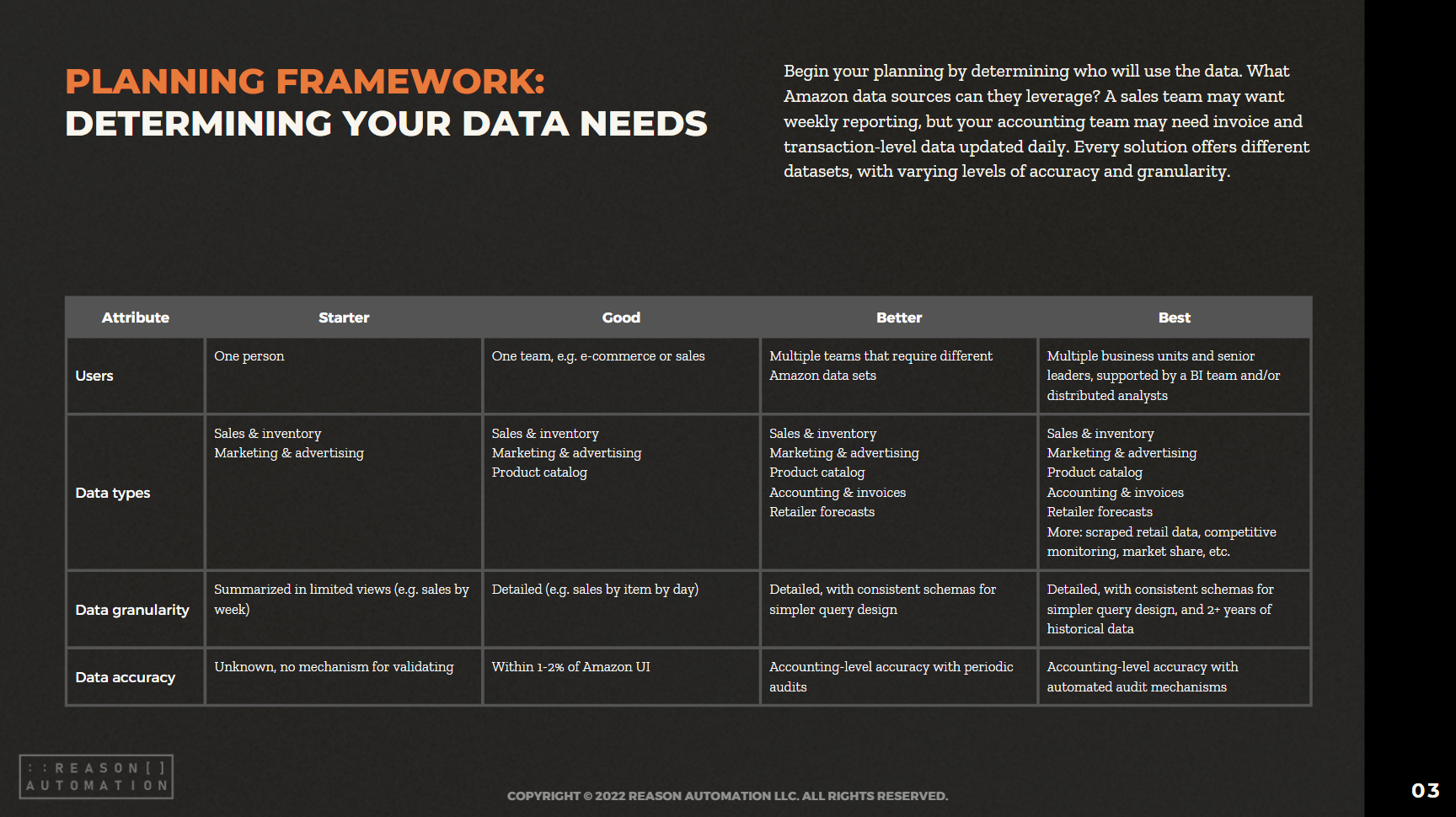3 Free Amazon FBA Excel Templates (And How to Use Them)
As an Amazon seller who uses Fulfillment by Amazon (FBA) to sell your products, doing things like managing fees and inventory gets complicated quickly. An Excel spreadsheet can help, and instead of reinventing the wheel, it's wise to use an existing Amazon seller spreadsheet template someone else has already perfect.
But if you've spent any time searching for a free Amazon FBA spreadsheet, you know that a lot of them cost money or are gated content that force you to jump through a lot of hoops just to see if it’s one you might use. It's hard to find just a simple template available for easy download.
So we've done the work for you and found three free Amazon FBA Excel spreadsheet templates available for easy download that will hopefully help you in your quest for the right Amazon FBA spreadsheet for your business.
See also:
1. Amazon FBA Fees Calculator Spreadsheet
Screenshot from Ecomcrew website
This spreadsheet from Ecomcrew provides a simple way to calculate Amazon FBA fees for an individual item. You input the sale price and the dimensions of the product, and the calculator automatically determines what size tier the product falls under and then calculates the FBA fee.
It also calculates Amazon referral fees, storage fees, costs of goods (landed costs), and then tallies up everything to give you a total profit per unit sold as well as a profit margin. It's a pretty handy tool for figuring out just how much profit you can expect to make on each item once all fees are deducted.
2. Amazon Profit and Loss Spreadsheet
Screenshot of spreadsheet from Gorilla ROI
This spreadsheet, from Gorilla ROI (you can make a copy of their Amazon excel sheet here), provides a visual breakdown of profit and loss.
This template allows you to break down your income from sales, reimbursements, shipping, and other income, and then deduct discounts, promotions, and other expenses. You can break down these details by quarter, and compare it to the previous year to get a complete picture of what kind of revenue you're seeing, how much you're paying in discounts and promotions, and other details to help you make business decisions.
3. Amazon FBA Inventory Spreadsheet
Image via Gorilla ROI
Another template from Gorilla ROI (copy this Amazon FBA spreadsheet template here), this is a good option if all you’re looking for is a better way to manage your FBA inventory. This spreadsheet provides you with a good visualization of what products are currently in Amazon's inventory and how many days left they have, as well as a 30-day average of units sold and quantity to be shipped.
The spreadsheet has other tabs for more detail, with columns for in stock, inbound, transfer, L7D units sold, L14D units sold, and L30D units sold. This template has detailed instructions inside for how to properly plug in the numbers and use the formulas.
Looking for a Better Way to Collect and Visualize Data?
If you’re a growing business, eventually even Excel spreadsheets won’t be enough to manage your FBA operation. Fortunately, there are some great tools available to extract seller data and visualize it so you can make good business decisions. We’ve created a free whitepaper, available below, that breaks down the different methods available to you to get access to all of your data.





